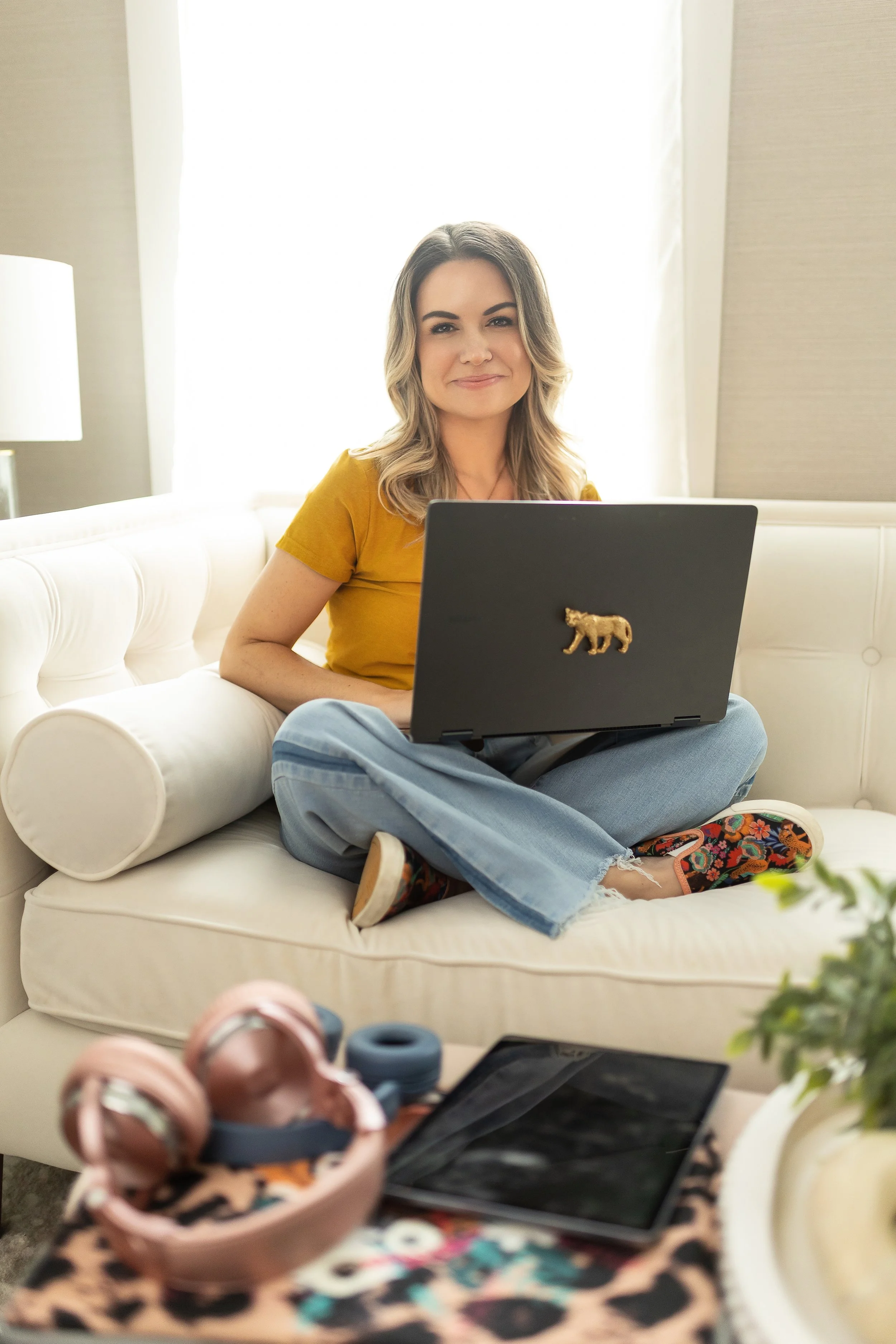Is AI Saving Us or Screwing Us?
Unfiltered Conversations on Whether AI Is Helping or Hurting Creative Industries
A conversation between Jenna Gaidusek, Founder of AI for Interior Designers, and Julia Reinert, Founder of The Lifestyle Historian
Based on AI for Interior Designers *Podcast Episode 47 - Is AI Saving Us or Screwing Us? Let's discuss
Q: AI is now woven into everything from how we design to how we communicate, research, and even think. But with so many unknowns, ethical questions, and growing unease… is AI ultimately saving us? Or screwing us?
Jenna (AI for Interior Designers):
This is the elephant in the room, and I’m glad we continue to talk about it head-on.
When I travel out to California, I find people are much more willing to challenge AI’s impact, especially on ethics and the environment. And I love those conversations. They push me. I’ve built my entire AI for Interior Designers platform around these very concerns. That’s why I start every single workshop with AI ethics. Before we dive into prompts or workflows, we talk about boundaries, values, and responsibility. Nobody else in the design industry is leading with that, and that worries me.
The truth? I feel ethically divided almost every day. On one hand, AI is an amazing tool. On the other, it’s a major turning point, maybe the turning point, for our society. We’re watching an evolution of consciousness. A mirror is being held up to who we are, and for the first time in decades, we’re being forced to ask: What do we really value?
I didn’t jump on the AI train right away. I worked with it for nearly a year before launching anything. I wanted to understand it deeply, because I knew this wasn’t just another tech trend, it was a systemic shift. Yes, we can use it to streamline tedious work, communicate visuals faster, and reach more clients. But every time you open an AI tool, you’re making a choice: to use it with intention or to shortcut your integrity. For me, I’ve drawn the line. I never, ever use another designer’s work to start a prompt or a concept. Just because you can doesn’t mean you should.
This is where tools like Perplexity come in. I prefer it over ChatGPT because it offers sources and context. I want truth. I want receipts. Everything online is starting to blur together, and AI is accelerating that. So if we don’t double down on our ethics, if we don’t stay grounded in what’s real, we risk losing the human connection that design is all about.
This isn’t just about design either. It’s about who we want to be as professionals, as creators, and as people.
Julia (The Lifestyle Historian):
Full disclosure? I wanted nothing to do with AI when it first started making headlines. Zero. My husband came home over two years ago, excited like a kid in a candy store, telling me how this was the future and he wanted to learn more. I laughed…nervously. My gut reaction? Absolutely not. This is scary. I don’t want this in my world.
As if I have a say. Cute, right?
What finally changed for me wasn’t someone convincing me. It was me doing my own research. That’s something Jenna always emphasizes: educate yourself. Learn where you stand. What surprised me most was how AI could actually support the parts of my life that felt the most chaotic. Between running a business and raising a family, sometimes I just need a tool to organize my brain. And that’s what AI has become for me, a structure giver. A prompt-clarifier. A time-saver.
But let’s be clear: I am not copying and pasting. I prompt with my own experience, my own ideas. And once I get a result, I’m combing through every word, revising, confirming, making it my own. AI helps, but I’m still the one doing the work.
So, does that make me feel safer with AI? Absolutely not.
What scares me isn’t the tool. It’s how people use it. Not everyone takes the responsible path. There are people out there using these tools in terrifying, unethical ways. And unlike previous technological shifts, like the printing press or the telephone, this one touches everything. It’s already in our pockets, our homes, our workflows. We can’t escape it. That’s why we have to choose how we engage with it.
I believe we’ll circle back to human connection. Jenna always says that design is about the human experience, and I agree. AI might help us move faster, but it’s up to us to keep the soul in what we create.
Final Thoughts (from both of us):
AI is not inherently good or bad. It’s a mirror, and a tool. It reflects who we are and amplifies what we choose to do. So the question isn’t just is AI saving us or screwing us? The real question is: How are we using it?
As designers, educators, and creatives, we have an opportunity, and a responsibility, to shape that answer.
Let’s be the ones who use AI to amplify ethics, connection, and creativity. Let’s stay awake. Stay curious. And stay human.
Expert Resources and Next Steps
The DAIly Training Program - Comprehensive AI implementation for design professionals
AI for Interior Designers Podcast - Weekly insights and tool reviews
AI Interior Design Tools: Game-Changing Technology for Creative Professionals





